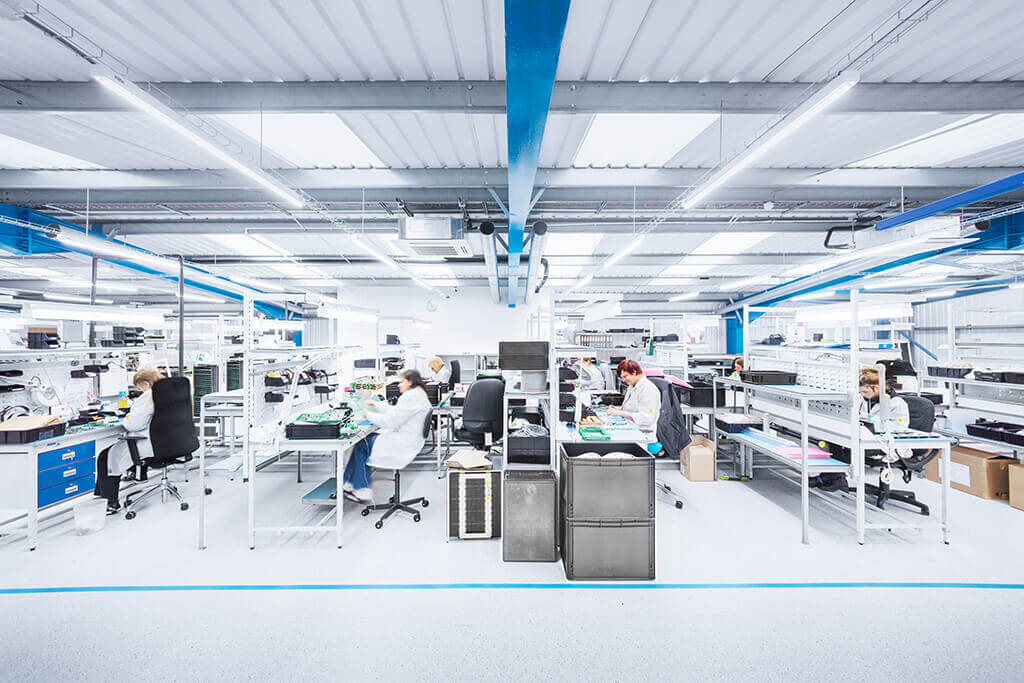John Lewis visits Lewes-based display specialist Hanover Displays to find out the latest from founder Gavin Williams
Buses need destination displays that are easy to read in all conditions; and producing displays with top-notch clarity is what Hanover Displays has specialised in ever since Gavin Williams founded the company in the mid-1980s.

By subscribing you will benefit from:
- Operator & Supplier Profiles
- Face-to-Face Interviews
- Lastest News
- Test Drives and Reviews
- Legal Updates
- Route Focus
- Industry Insider Opinions
- Passenger Perspective
- Vehicle Launches
- and much more!


